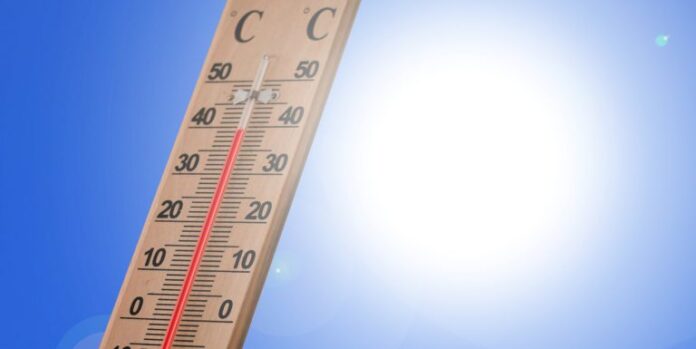B.C. can expect a transition into hotter, dryer weather later in July and into August, bringing in an increase in wildfire risk.
According to B.C. Government officials, wildfire activity has been minimal so far this year, with most of the fires concentrated in the northern part of the province.
This year’s fire activity has been tempered in the southern part of B.C. thanks to cool, wet weather in June.
“What really played in our favour was the ongoing presence of snow on the ridgetops. It really reduced the amount of fires we saw ignite by lightning,” said Matt MacDonald, lead forecaster from the BC Wildfire Service.
“Usually, throughout June, we see upwards of 110 lightning-caused fires. This year was much quieter thanks to all that snow and humidity.e only saw 30 new fires start from lightning.”
In preparation for increased temperatures, B.C. government officials said $25-million in grants is available to help cover community projects aimed at reducing wildfire risk.
“Last year, we saw just how devastating fire season can be to communities and how critical it is to invest in wildfire prevention,” said Katrine Conroy, Minister of Forests.
“Cultural and prescribed burning and forest thinning are proven approaches to reduce wildfire risks. I recently visited Williams Lake and saw firsthand how the Forest Enhancement Society of BC is working with its partners to deliver projects like these and help build more resilient communities.”





